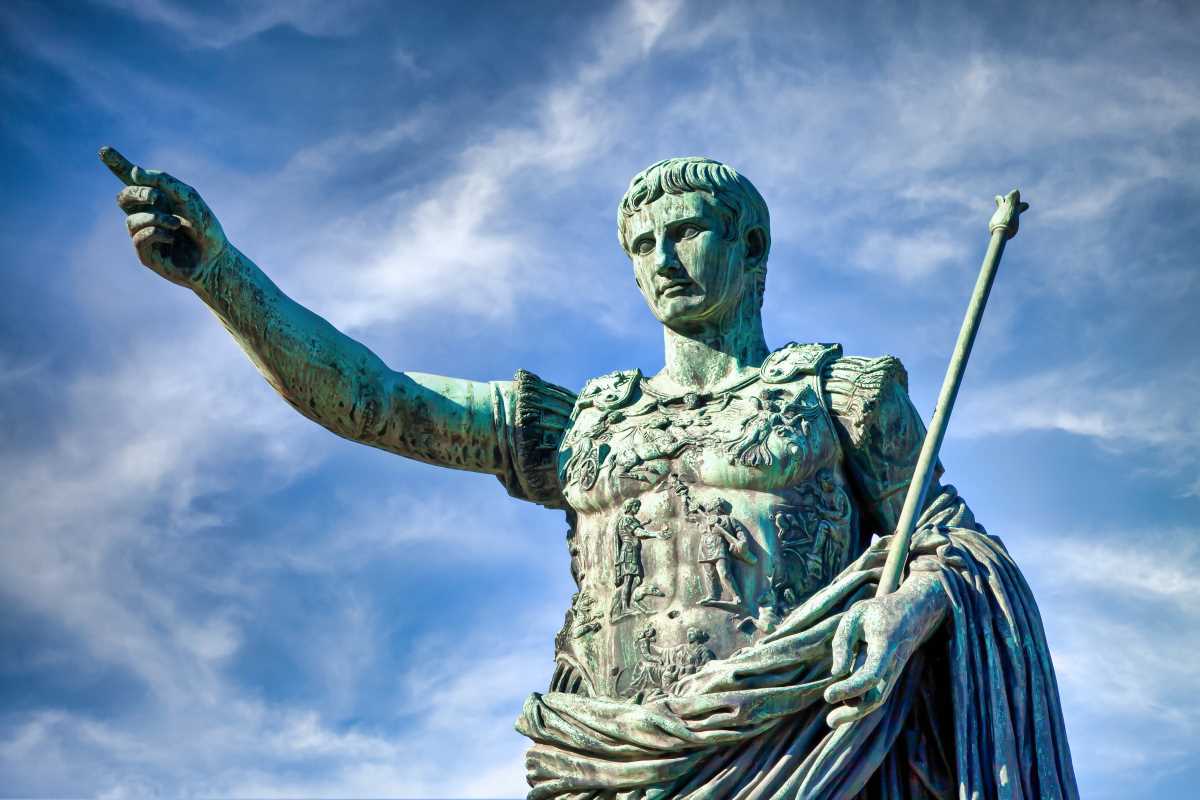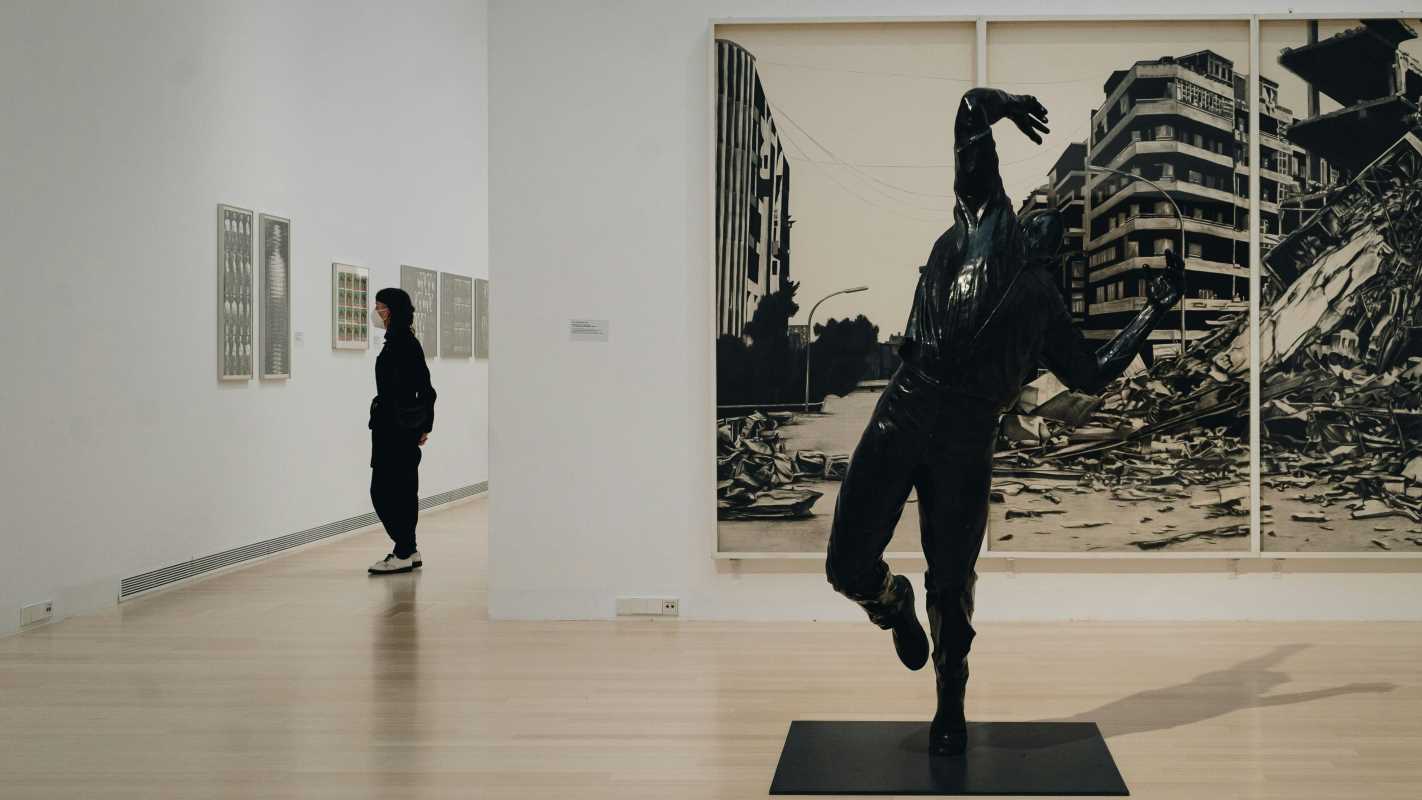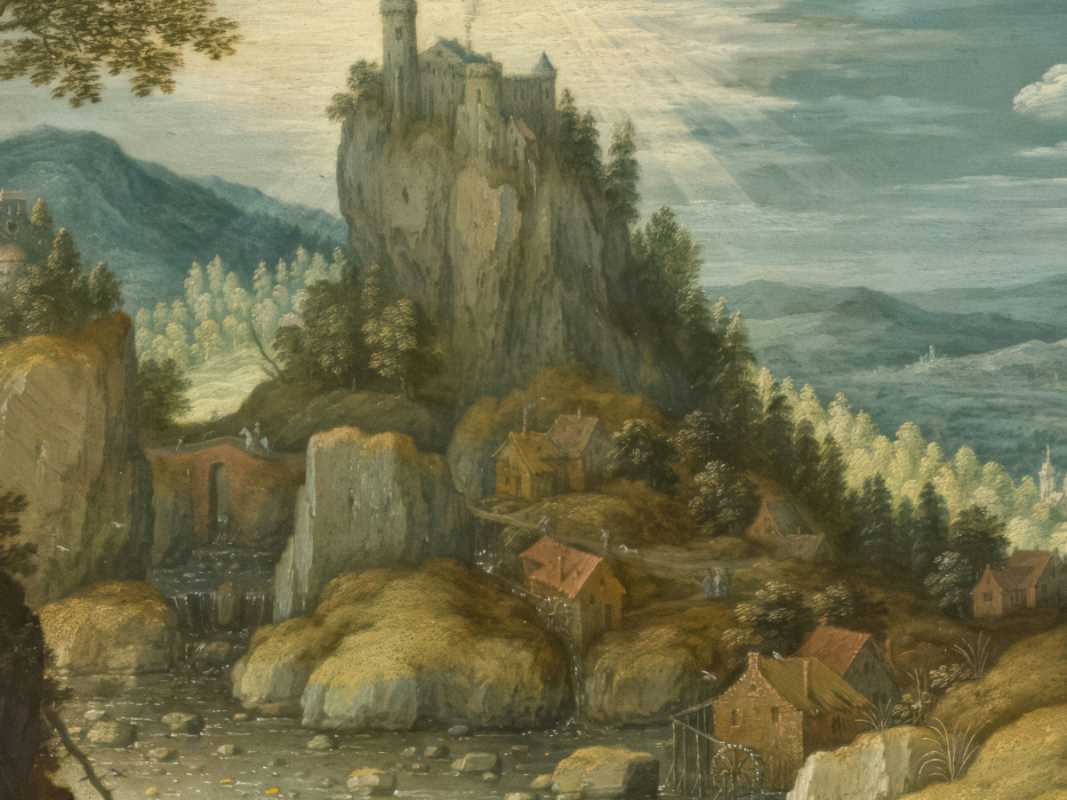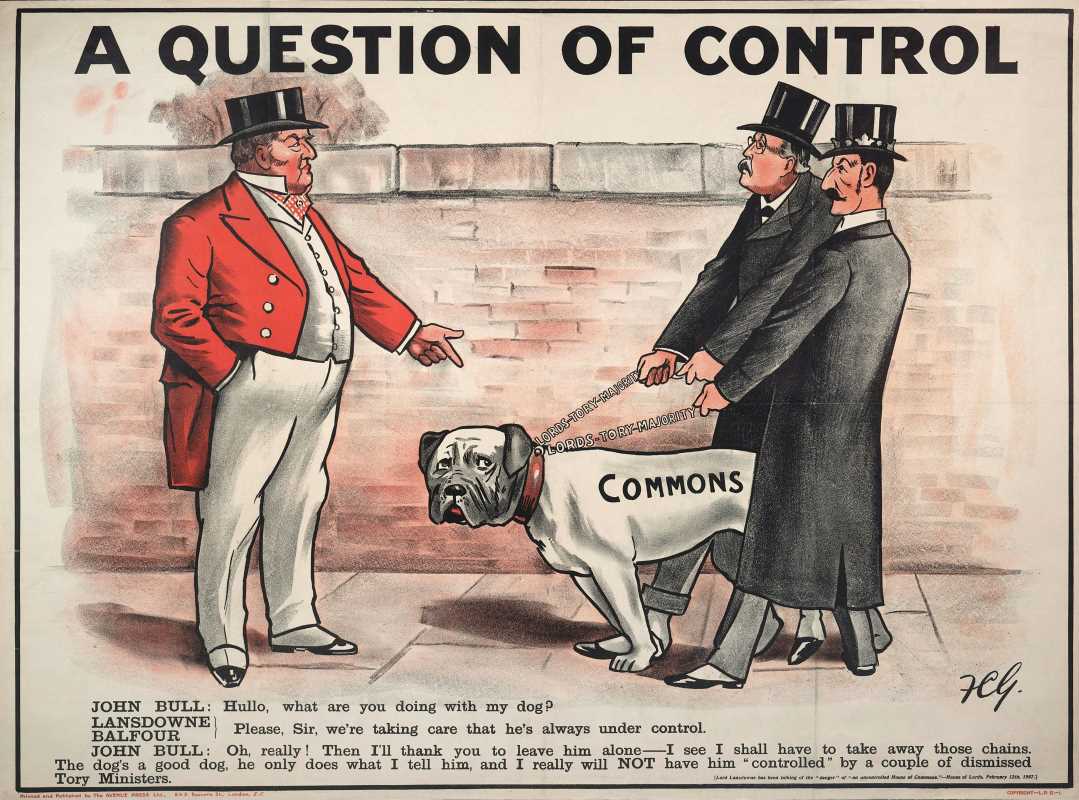Art has always held the power to do more than merely decorate a space or reflect beauty. It can be a force that shakes societal norms, challenges authority, and sparks political revolutions. Across history, certain artworks have done just that, communicating messages that led to widespread movements and significant political shifts.
These revolutionary pieces wield their influence not just through aesthetics, but through ideas that resonate deeply with the collective conscience.
Art as a Catalyst for Revolutions
Paintings, sculptures, and other forms of creative expression have long been instrumental in rallying the oppressed and holding power structures accountable. The French Revolution serves as one of the most prominent examples of art aiding political upheaval.
Jacques-Louis David’s The Death of Marat honors one of the Revolution’s key figures, Jean-Paul Marat, who was assassinated in 1793. David portrays Marat as a martyr for the revolutionary cause, clutching a letter in his hand while lifeless in his bathtub. The painting became both a tribute and a call to action, galvanizing anger against counter-revolutionaries and strengthening public resolve.
Similarly, revolutionary propaganda art during this time invigorated the populace. From bold engravings of the storming of the Bastille to caricatures of King Louis XVI, these visual narratives made revolution a tangible concept for those who could not read but could emotionally connect through imagery.
Art does not just reflect; it mobilizes. During revolutions, pieces like these go beyond static representations and become symbols of justice, solidarity, and hope, motivating people to act on shared struggles.
Murals and Public Art as People’s Voice
Murals stand as revolutionary art in their most accessible form. They belong to the streets and speak directly to communities, often bypassing the confines of galleries and elite spaces. Mexico’s post-revolutionary mural movement offers perhaps the clearest example of murals being used as tools of political transformation.
Diego Rivera, one of the movement’s leading figures, used his towering, vibrant murals to depict the struggles of Mexico’s working class and indigenous populations. His artwork, such as Man, Controller of the Universe, conveyed Marxist ideals and critiqued capitalist exploitation. By situating his work in public buildings, Rivera ensured that his messages of empowerment and justice reached ordinary citizens, making art an act of connecting the people to their potential power.
Similarly, in Chile, Pablo Neruda worked with artists like Mono González, commissioning street murals to support the socialist government of Salvador Allende in the early 1970s. These murals championed agrarian reform, workers’ rights, and unity against U.S. imperialism. While many were erased after the 1973 military coup, their fleeting existence inspired lasting resistance.
Murals are more than mere paint on walls; they trace histories of collective struggle, refusing to be silenced even in conflict’s aftermath.
Satirical Art that Subverts Power
Satire and humor have often been double-edged swords used to critique power without resorting to direct confrontation. Political cartoons and satirical paintings may seem lighthearted, but their underlying messages often provoke serious reckoning.
England’s James Gillray was famous for his biting critique of political figures in the late 18th century. His caricatures mocked figures like Napoleon Bonaparte, exaggerating physical and personality traits to reveal the hubris and folly of power-hungry leaders. These works shaped public opinion and cemented cartoons as a vital tool for undermining authoritarianism.
Spain’s Francisco Goya took a darker turn in his satirical critiques with his Disasters of War series. Through his etchings, Goya confronted the violence and futility of war during the Napoleonic invasion of Spain. His haunting, grotesque depictions tore apart the glorification of military conflict, revealing its brutal realities.
Another creator of satirical art, Honoré Daumier, employed lithographs to confront class divide and political corruption in France. His depiction of bloated bureaucrats or starving laborers captured inequality’s absurdities at a time when tensions boiled toward revolution.
By fusing artistry with sarcasm, satirical art holds a mirror up to society, forcing viewers to confront truths they might otherwise avoid.
Protest and Resistance Art in the Twentieth Century
The twentieth century brought with it an acceleration of global conflicts, civil rights movements, and ideological battles, and art was there to document and direct the discourse. During oppressive regimes or times of turmoil, artists stood as warnings, critics, and leaders in their own right.
One iconic symbol of resistance is Picasso’s Guernica. Painted in response to the bombing of the Basque town during the Spanish Civil War, the massive canvas captures the chaos and horror of innocent lives caught in political violence. Its stark monochrome palette, screaming figures, and fragmented imagery conveyed the universal anguish of war, making Guernica a timeless anti-war statement.
Across the ocean in the United States, the Civil Rights Movement of the 1960s inspired countless artists. Faith Ringgold’s story quilts blended personal narration with larger narratives of African American struggles. Pieces like Tar Beach weren’t just aesthetic endeavors; they were narratives of identity, community, and resistance against institutional racism. Protest posters from this era, featuring bold slogans like “I Am a Man” or visuals of iconic leaders, became central to the movement’s strategy. Simple yet effective, they demanded justice while uniting the voices of many in visual solidarity.
South African artist Willie Bester used scrap metal and mixed media to expose the brutal inequalities of apartheid. Through his dystopian depictions of shantytowns and police violence, Bester not only documented the struggle but fueled the fight for dignity and freedom.
Art during resistance movements isn’t merely reflective; it is a powerful call for justice that inspires communities to rally.
Contemporary Creative Forces of Change
The 21st century is no stranger to political upheaval, with movements, from protests against climate change to social justice marches, growing more interconnected than ever. Art today remains a driving force for transformation, combining traditional techniques with modern media to ignite global conversations.
Banksy, the enigmatic street artist, continues to define what it means to challenge authority through public art. Pieces like Girl with a Balloon and There Is Always Hope reflect societal anxieties while offering a glimmer of optimism in the face of relentless challenges. Banksy’s anonymity adds to his potency, allowing his work to speak louder than any individual identity.
Ai Weiwei, often described as one of the most influential artists of our time, uses installations, photography, and sculpture to tackle issues ranging from government surveillance to the global refugee crisis. His piece Remembering, made of thousands of children’s backpacks to commemorate victims of the 2008 Sichuan earthquake, forced the world to confront the tragedy and the government’s role in not preventing it.
The feminist art collective Guerrilla Girls critiques institutional sexism in the art world and beyond with their provocative posters and public stunts. By cleverly combining facts and absurdity, their work sheds light on widespread inequalities. It isn’t confined to history books but remains active and increasingly necessary today.
Modern revolutionary art continues to evolve, carrying the same spirit that powered the great works of the past while adapting to new challenges and audiences.
Why Revolutionary Art Matters
Revolutionary art, throughout history, has demonstrated time and again that creative expression is inseparable from the fight for justice. It transcends words, stirring emotions, and provoking action even when people are uncertain how to act.
Such works reinforce the idea that the pen, or in this case, the paintbrush, truly is mightier than the sword. They serve as eternal reminders of societies’ most trying times, offering hope and inspiration to those seeking change. Above all, they show that art is not just beauty but also courage, conviction, and the ultimate catalyst for transformation.

.jpg)





